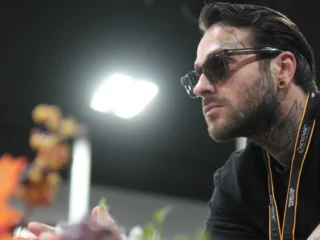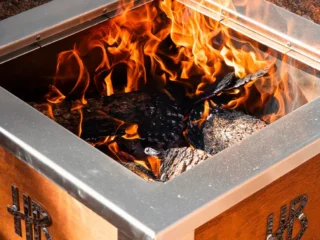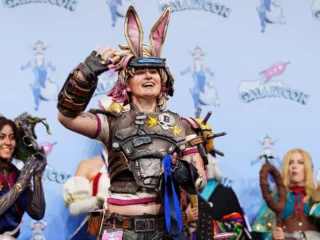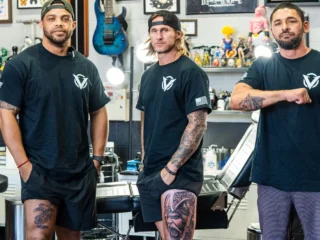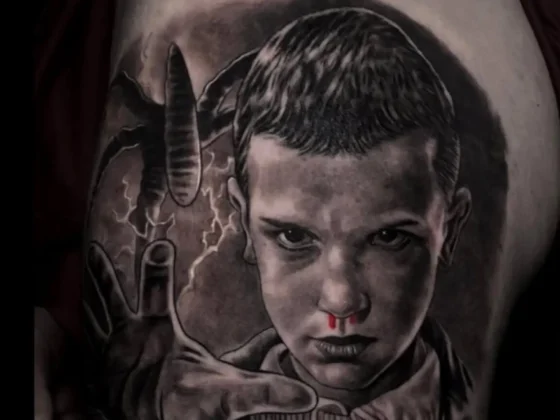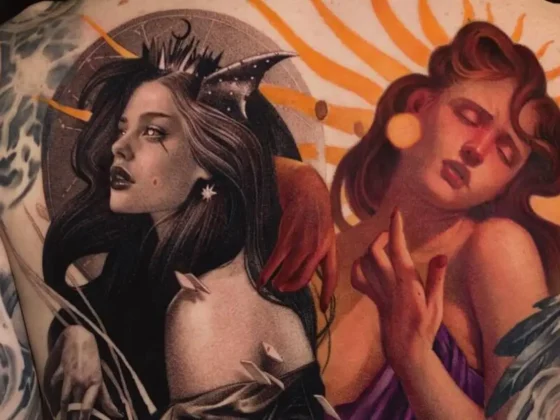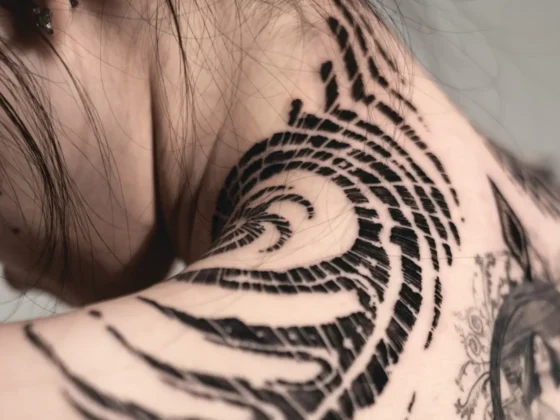Devon Preston
October 31st, 2018
The FBI is Developing Technology to Identify And Determine Tattoo Meanings
What Does Your Tattoo Mean According to the Law
Over the last several years the FBI and the National Institute of Standards and Technology have worked together to create an accurate tattoo recognition technology. In 2015, officials at NIST collected a database of 15,000 images of inmate tattoos and divvied them up between companies, research institutes and universities. These 19 groups were then tasked with running five different experiments using the tattoo recognition technology to show how effectively their algorithms work.

The first test was for the technology to be able to detect in there was a tattoo in a photograph. One of the organizations including in the study, MorphoTrak, had an algorithm that yielded 96.3% accuracy in determining whether an image contained a tattoo or not.

The second test performed was to develop an algorithm that would be able to detect and identify a specific person’s tattoo. This technology is similar to fingerprinting and facial recognition, as it allows an officer to run a photograph of a person’s tattoo through a database to determine if a prior arrest had been made. In this study, MorphoTrak was able to hit 99.4% accuracy with their tattoo identification algorithm.

Next, we have region of interest. This technology allows law enforcement to match a small part of a tattoo to a larger tattooed area. For this study, MorphoTrak accrued 94.6% accuracy with their region of interest algorithm.

Then there is the test called mixed media, which requires an algorithm that can match tattoos to an image in another medium—for example a piece of street graffiti or a gang symbol. Unlike previous tests, organizations were not as successful at creating an effective algorithm for this test, with The MITRE Corporation only finding 36.5% accuracy in their study.

Last, but not least, NIST sought to find an algorithm that would match tattoos from different people and serve as a database for individuals with specific beliefs, ideologies or affiliations. The intention of law enforcement using tattoo similarity technology was to identify members of gangs and hate groups, however, there is evidence that specific tattoo symbols are not exclusive to gang members. For example, while the Chicago street gang Gangster Disciples uses the symbol of a six-pointed star, this is also recognized as the Star of David. Additionally, this technology becomes problematic when it is used to oppress or single out religious minorities—as Nazi Germany used tattoos to track Jewish people during the Holocaust.

At the time that these studies were completed, it was determined that an even larger and more diverse dataset of images was necessary to ensure accuracy of these tattoo recognition algorithms. And in 2018, three years after the initial studies of NIST concluded, the FBI is now moving forward to create technology that can not only recognize a tattoo but identify its meaning as well.
Today, the FBI is desiring a technology that can accurately and effectively determine what a person’s tattoo means. For years, they’ve used a system called TAG-IMAGE to use tattoos to identify people, but now they are seeking a technology that allows them to determine a person’s affiliations based on their ink.

In a presentation created by the chief of the Cryptanalysis and Racketeering Unit, the FBI determined that they need a web accessible, user populated database with instant i2i matching technology.

This need for tattoo meaning technology has raised an number of concerns, with the Electronic Frontier Foundation or EFF stating that “law enforcement may be using tattoos to add individuals to gang databases or prioritize immigrants for deportation proceedings.” In our current times, this possibility is especially troubling and in some instances, such as human trafficking, tattoos can be used against someone in order to falsely convict them of gang affiliation or organized crime.

What do you think about the FBI’s request to develop a tattoo meaning technology? Do you think that the tattoo industry should be fearful that these algorithms could be used against them? Let us know your thoughts in the comments section on Facebook.
Editor's Picks
Chris Brown’s Face Tattoo Shows His Heart and Sole
Chris Brown has a brand new tattoo! Long gone are the days of the baby faced teen, Brown is all grown up and has the tattoo collection to prove it!…
Oh Me, Oh My
Chrissy Chlapecka on finding her voice, spreading self-love on TikTok and releasing her first single




